Chris Thile, as a member of Punch Brothers and Nickel Creek, has won multiple Grammy Awards and sold millions of albums. As the host of Live From Here, he has spanned genres and brought a wide range of musicians together for weekly performances at Manhattan’s Town Hall, where the latest season kicked off earlier this month.
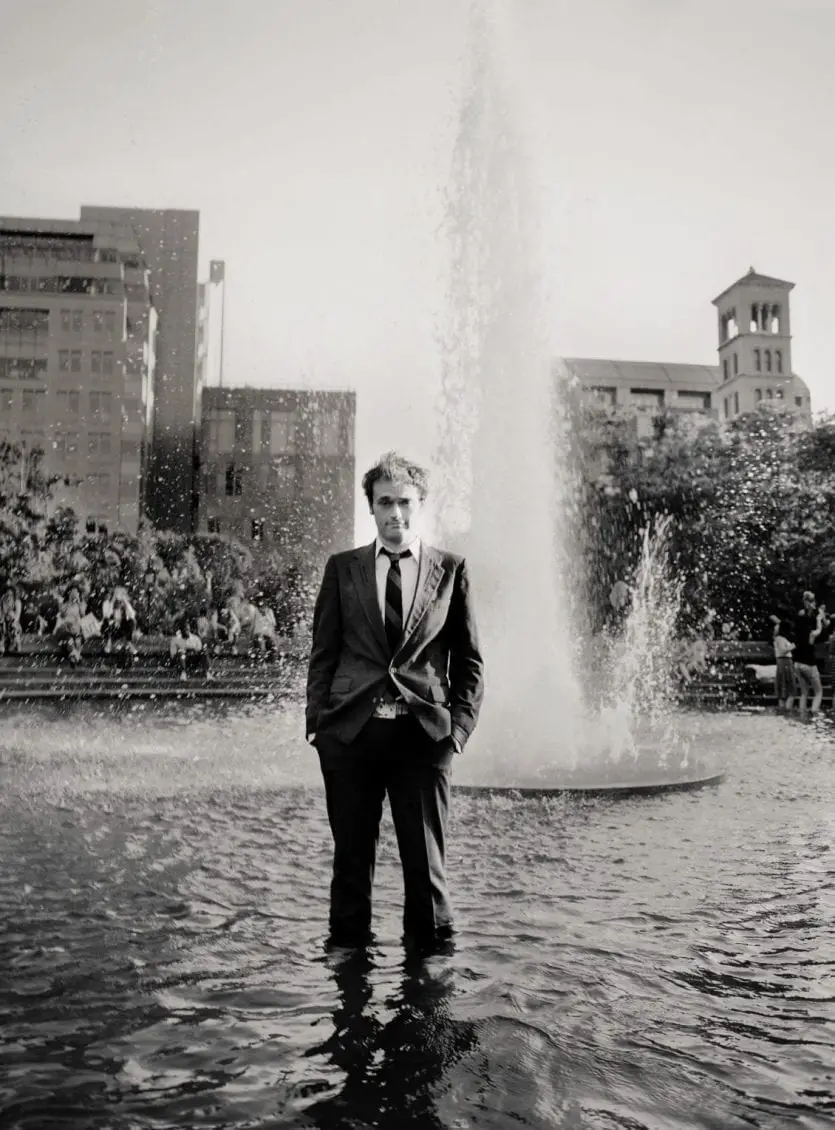
Thile looks at art as a conduit to conversation, and towards collaboration with the audience as creating art together. It is in this way that he fits as a natural host of a two-hour weekly show broadcast on public radio, one that will see very special guests appearing each week this season – Grace Potter, Dawes, Trey Anastasio, and Wynton Marsalis, to name just a few.
Chris performs this Saturday, September 21 at Bethel Woods Center for the Arts as part of Vibrations Series which celebrates the power and possibility of the ’60s and what that decade means to us today. Launched in 2019, “the series has brought together change-makers, artists, and influencers to open conversations, inspire thinking and awaken purpose.” With an emphasis on the arts and civic engagement, Vibrations brings the legacy of the past into conversation with the movements of today, something that Thile can relate to. Chris spoke with NYS Music about the role of artists in bringing about change, music that has engaged audiences, and what gave him an early glimpse at what hosting a show like Live From Here might be like.
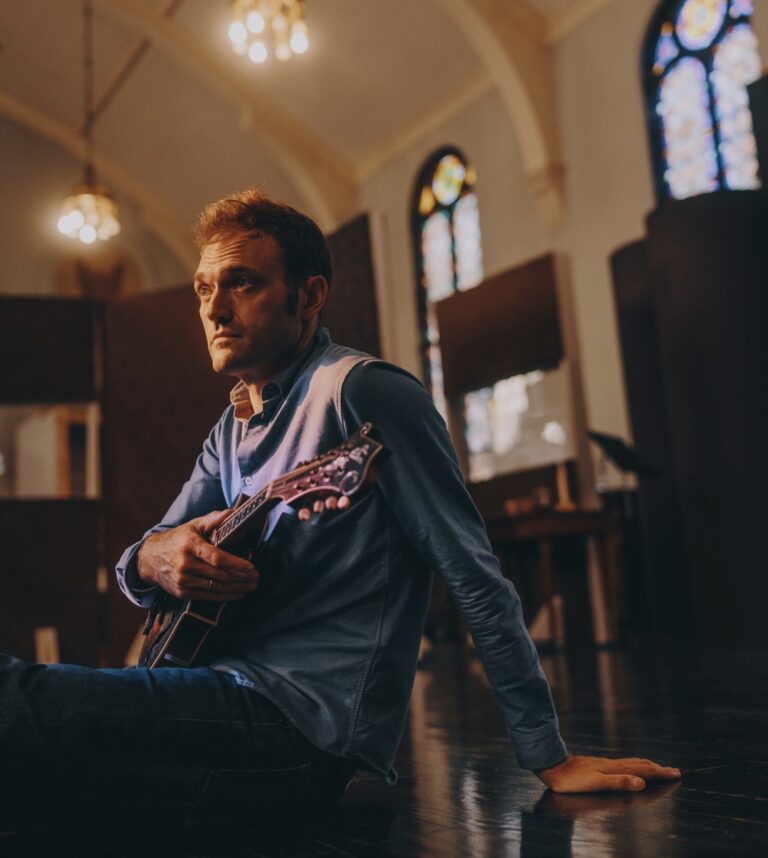
Pete Mason: With the upcoming Vibrations Series at Bethel Woods this weekend, when growing up, how did you come to discover the era of the 1960s – the change, the conflict, the music – and in what way did that seep into your songwriting and understanding of American culture?
Chris Thile: That’s a spectacular question. The Beatles were the first non-rootsy thing I was intentionally exposed to by my folks. Up to that point, I was listening almost exclusively to folk music in various forms and a very specific swath of folk music at that. For example, bluegrass music and fiddle tune music and almost no popular music of any kind, and just a little bit of classical music on the radio and jazz via my dad’s record collection. All of a sudden, my parents were raising a child with no real sense of popular music, particularly the popular music of their childhoods. So they checked out Rubber Soul from the library for me and it blew my mind. People writing songs about things other than having a little home on a hill and “Mule Skinner Blues” and “John Henry.” These were songs about people’s lives and they were contemporary songs, not that “John Henry” wasn’t in their day, but just updated by 100 years or so. I think it was becoming socially difficult to write about a vast amount more than it had been up until that point. It would still be many years before I heard Dylan at that point and, generally, cover songs by artists from the roots community, such as Tim O’Brien who made a beautiful album of Dylan songs called Red on Blonde.
So it has seeped in there. Particularly, the biggest lesson is that its ok to write a song about anything, provided that you do it well – that’s the big rule. I think above all, that’s a lesson to learn from the ’60s.
PM: How do you see your role, and the role of artists, in capturing pivotal moments in American history, especially from the past 20 years or so?
CT: I think that art exists for a variety of reasons. It turns on a camera in the documentary film of our life, our experience in the world, and we gain some perspective. I think that is one of art’s most noblest responsibilities – to help us gain perspective on the world and what’s going on and what it means to be alive, not just in our moment but in the moments previous and be able to better serve our respective moments if we’re aware of other people’s moments. And it also serves as respite, what we’re collectively experiencing. There are so many different things that it can do that I would hesitate to look at one thing and point that out and say that’s the one thing that art’s supposed to do in times of turmoil and in times of peace. It’s just so good at doing a variety of things.
PM: What can aspiring artists do to bring about civic engagement through their music and performances? What is there that they can do beyond inspiring an audience to step away doing something more?
CT: I think that the very best thing an artist can do is to make their art well. I think there’s a lot of reasons you make what you can make. Sometimes I think that art made with the specific intent to elicit a particular reaction can actually be fairly compromised, by dictating the feeling your audience should have. For instance, Dylan is at his best as a lyricist (and at his best very often). I think that any one of us could have a unique reaction to a Dylan lyric, that he leaves a great deal of room in every lyric for you to cultivate your own sense of meaning. And so when you talk about things like ‘what an artist can do to bring about civic engagement,’ I would be wary of art that makes that its directive and explicit aim, because I feel like the way to engage a person… I think the best art is collaborative with the audience, with the person who is sitting in front of it, listening to it, looking at it, reacting to it. And that if you as an artist attempt to dictate what your listener is to think or experience, then they’ll switch off, they’re not going to engage, they’ll feel manipulated, bullied into feeling a certain way. I don’t think art is good at proving points or answering questions, it’s good at asking questions and good at getting people talking to one another about things. So I would go back to the way an artist can engage his or her audience is engaging them as artists, and asking them to enter into a collaboration as to the meaning of the art that they are working on.
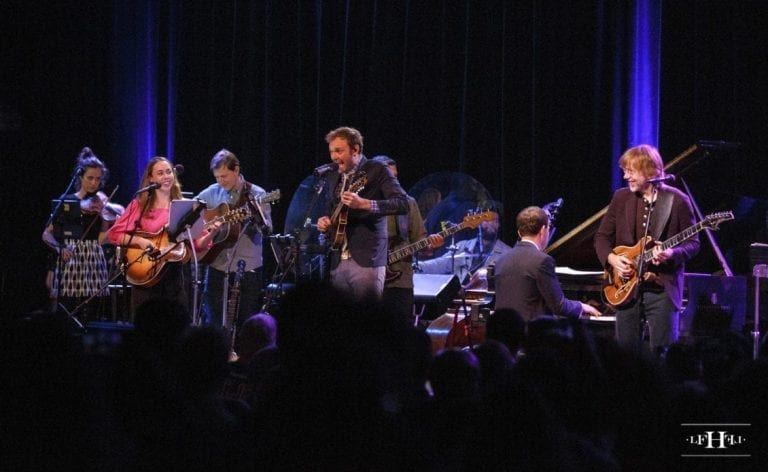
PM: Can you think of any songs that stand out to you that fit this mold, where they don’t go in with a specific intent, but it just naturally comes out and the audience is engaged rather than pressured?
CT: I would say that Stravinsky’s Rite of Spring did a pretty spectacular job engaging its audience. Along with Diaghilev’s ballet, his choreography, it engaged people to the point that they rioted over it. That seems like it was pretty powerful, it really came out of the clear blue sky, not that there weren’t hints to the possibility of this beforehand, but I think a lot of musicians interacted with that piece. And it’s called Rite of Spring, it depicted a certain kind of reality and the art was so good that people got talking about it. “Is this OK? Can we do this?” Meaning not “Is ritualistic sacrifice OK?” but rather, “Can we make art about it?” I think that piece did an extraordinary job engaging its audience and I sincerely doubt that riots were the intended result, but that’s what happens when you pose a specifically well-worded question.
I feel like Radiohead has been excellent in writing art that gets people thinking about climate change and just the environment in general. It often is in the abstract lyrically. I think that someone like Gillian Welch has done an extraordinary job in the ways in which lives led, say, 60-100 years ago and the study of those lives might be relevant to the living of theirs. I think she operates in this beautiful, undefined aesthetic that has a foot in American folk music of the early part of the 20th century but also right now. There’s so much, I don’t even know where to begin.
Think of someone like Ornette Coleman with a record like The Shape of Jazz to Come. Kind of making people think about music that is made up on the spot, and in what ways is that music to you and in what ways is it not. I think a lot of people talked and debated about that and we ultimately felt that Ornette’s take on that was ultimately brilliant, but it created a lot of controversy in its day. I love that. I do think that art is better at asking questions than answering them. I’ve noticed that in young writers and in my young writing. It always seems like I’m answering a question and I see young writers now… it starts to sound like we think we know what’s going on. Looking back on particularly younger lyrics, I think, “My god, you really thought you knew what you were talking about and you really did not. You thought you had an answer to something. At least from where I’m standing, at 38, I do not think there’s an answer to that question, my 23-year old self. Nice try.”
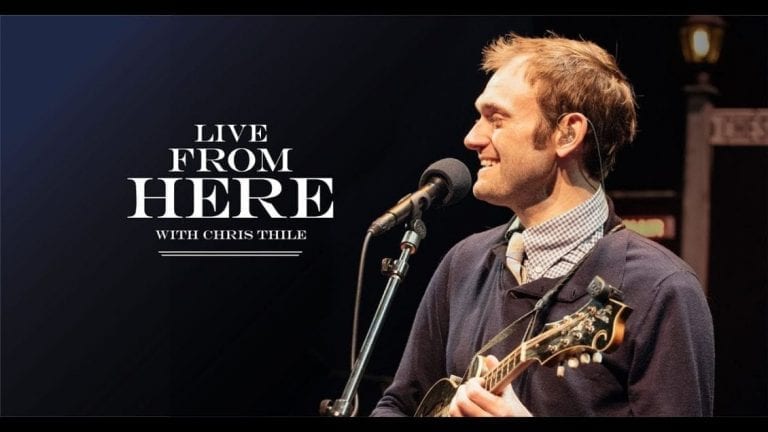
PM: With two weeks of Live from Here in the books, how has the transition from Minnesota to NYC been, and how has curating and preparing shows at Town Hall been?
CT: I love Town Hall, I adore making music there, it feels like home at this point. Last year we did more shows at Town Hall than at any other place, so the transition has been happening, just gradually, and this year was sort of completing something that was already happening pretty naturally. I live in New York, and there are so many people, so many artists coming in and out of the city. Regardless of where they live here, everyone comes through here – this is one of America’s biggest windows to the world and the world’s biggest window to America. It’s nice to be here for that reason. We have this two-hour canvas that we get to paint every week and there is a lot of space for things to happen and it feels good being in a place like this where on any given night there are hundreds of wonderful things happening and it seems maybe like it’s a little easier to coax a few of those things onto the show week in, week out. And that’s nice, it takes some of the edge off.
PM: With all the years of Nickel Creek and Punch Brothers, was there ever a point where you expected to be the host of Live from Here, or any similar roles? Looking back, did you ever think ‘oh yeah, I always wanted this job.’?
CT: Certainly not this specifically. There have been times when I wondered whether doing something of this sort would be interesting. Punch Brothers had a residency at The Living Room on the Lower East Side of Manhattan and we called it P-Bingo night. It was a one-band musical variety show, with one guest per show who would do a couple things with us. And we’d try to make funny things happen, some covers, an original of sorts each show, and stylistically try and get all over the place, in service of our general mutually held belief that genre is really a discussion of the cover of the book and not the book. Which is fine, it can be interesting, the aesthetics of the thing can be really, really interesting, but it is a question of aesthetics largely. And that’s one of the thesis statements of Live From Here, but I had a great time doing that, particularly because it was thrilling and hair raising to come up with a show that was entirely different on a weekly basis.
With Punch Brothers it was a shorter show but also it was all us, so it was a lot of material and we ended up stressing ourselves out so we did it less and less. But we did at a certain point wonder if we could make the thing it into a show, a radio show or television show, and even pitched it to a couple people, although we never got any interest. So when this came along, it wasn’t thinking about whether I wanted to do it, but this legendary time slot was being offered to me with a chance to commune with the public radio listening faithful on a weekly basis. It was too tempting to resist and it put me back in the mind of doing P-Bingo night with Punch Brothers and how much fun and how thrilling and dangerous it felt making all that new content. The energy that comes with thinking about the transition from doing that at a 100-person club on the Lower East Side and doing it for a couple million people on the radio live, it got a little too exciting to resist and I’m really happy and having a great time.
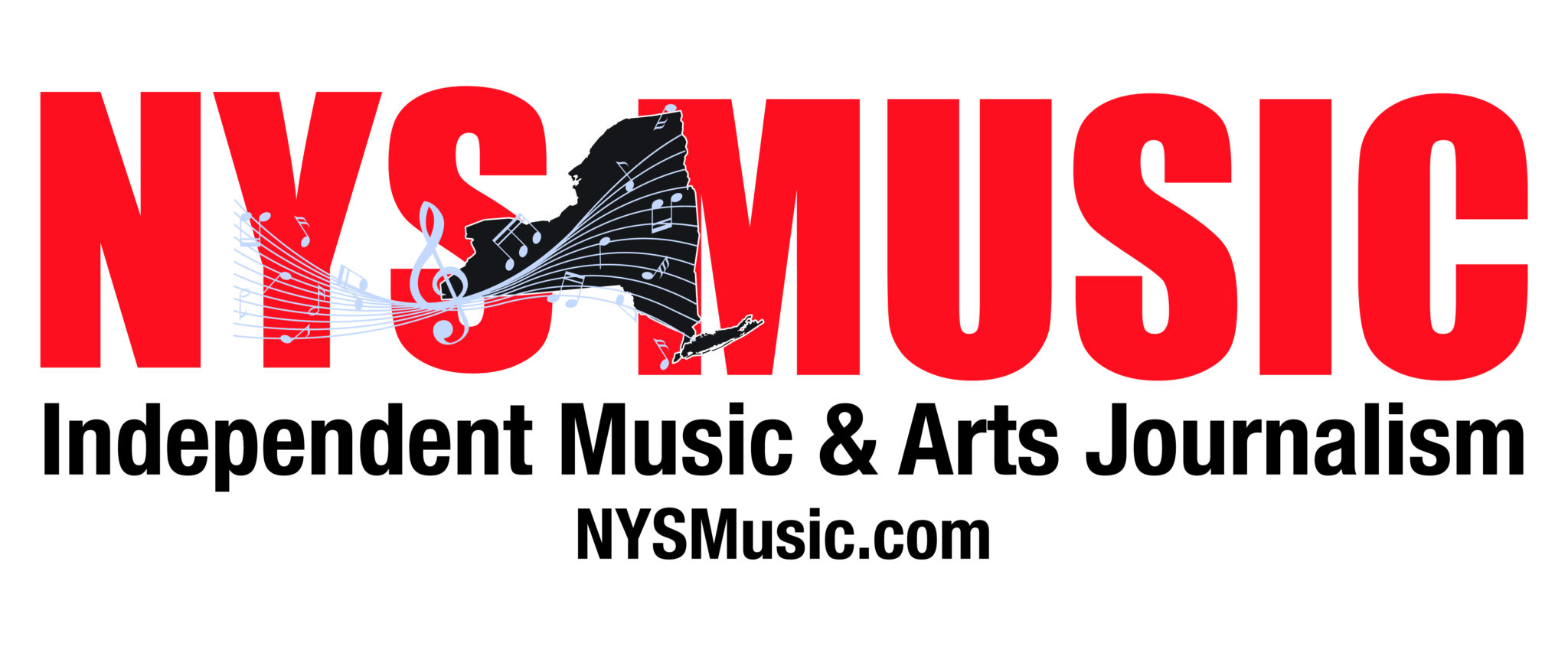

Comments are closed.